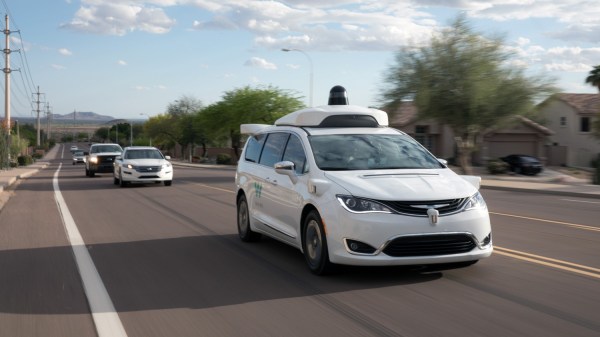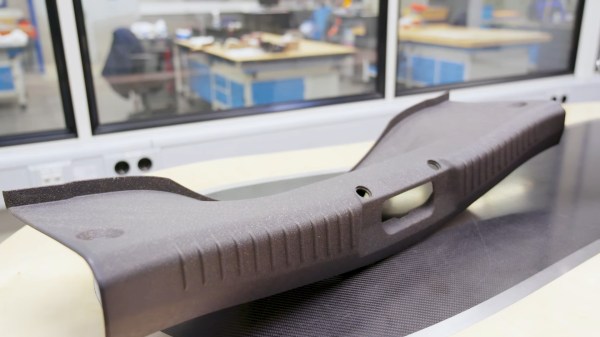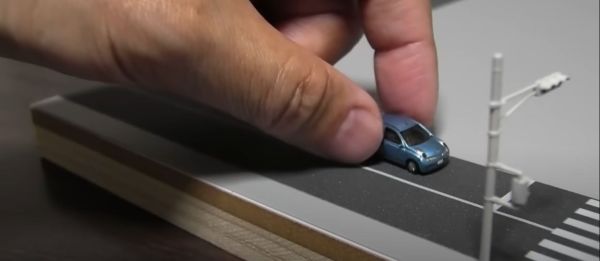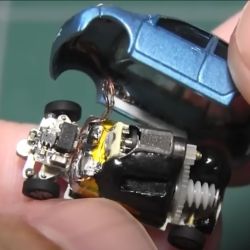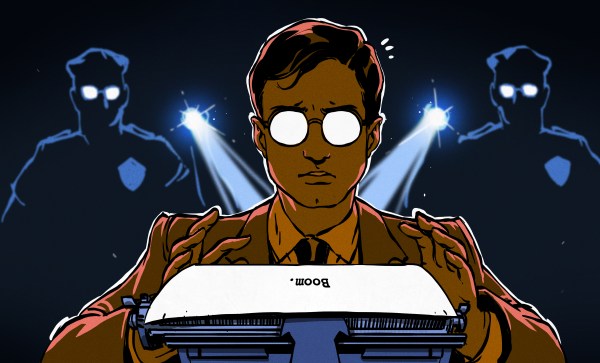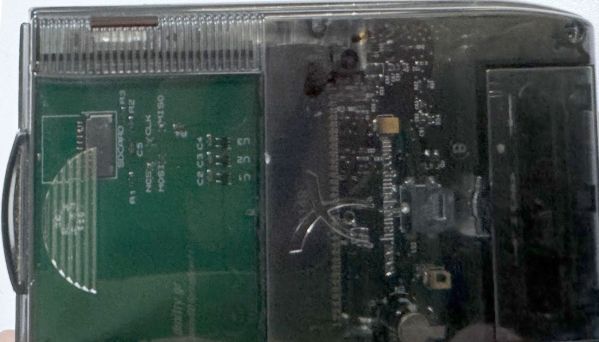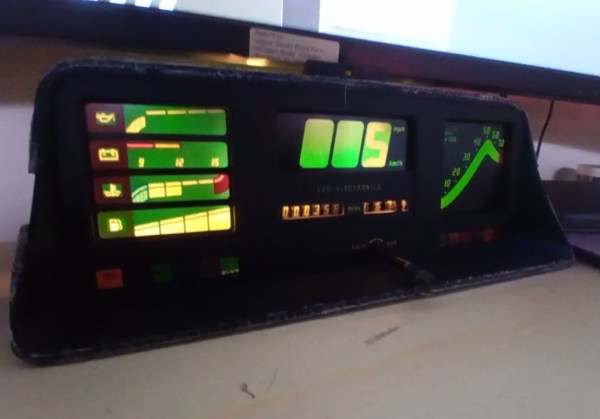Although the arrival of self-driving cars and taxis in particular seems to be eternally ‘just around the corner’ for most of us, in an increasing number of places around the world they’re already operational, with Waymo being quite prevalent in the US. Yet despite approval by the relevant authorities, the city of San Francisco has opted to sue the state commission that approved Google’s Waymo and GM’s Cruise. Their goal? To banish these services from the streets of SF, ideally forever.
Whether they will succeed in this seems highly doubtful. Although Cruise has lost its license to operate in California after a recent fatal accident, Waymo’s track record is actually quite good. Using public information sources, there’s a case to be made that Waymo cars are significantly safer to be in or around than those driven by human operators. When contrasted with Cruise’s troubled performance, it would seem that the problem with self-driving cars isn’t so much the technology as it is the safety culture of the company around it.
Yet despite Waymo’s better-than-humans safety record, it is regarded as a ‘nuisance’, leading some to sabotage the cars. The more reasonable take would seem to be that although technology is not mature yet, it has the overwhelming advantage over human drivers that it never drives distracted or intoxicated, and can be deterministically improved and tweaked across all cars based on experiences.
These considerations have been taken into account by the state commission that has approved Waymo operating in SF, which is why legal experts note that SF case’s chances are very slim based on the available evidence.

